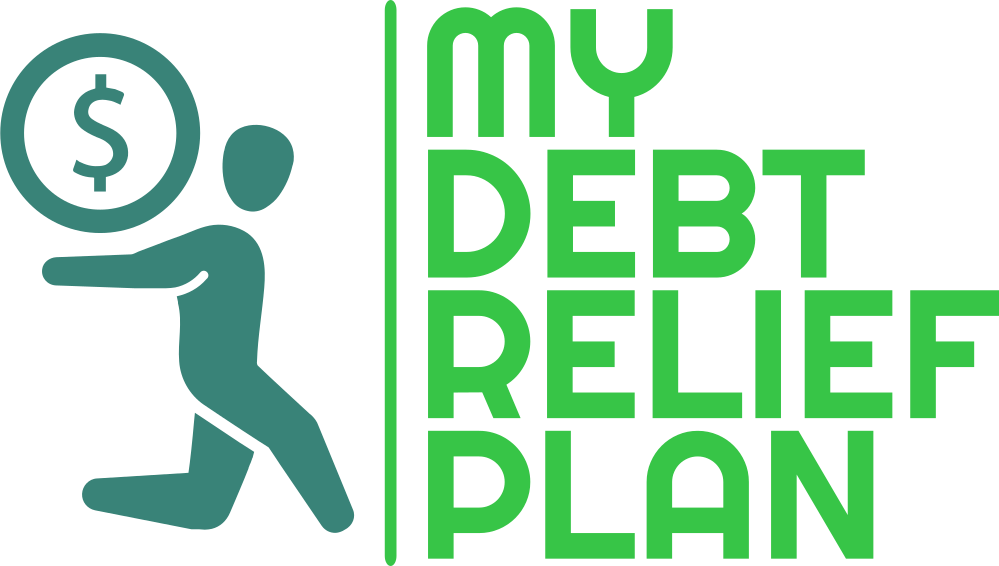The Very Bad to Very Good Levels of Credit Scoring
We hear it all the time – the higher credit score the better. It helps you get mortgages and car loans, determines your credit limit and interest rate on credit cards, and in some cases, can even have a bearing on your ability to get employment!
So what exactly is a credit score? It is a numerical value that represents a person’s creditworthiness, or a person’s possible risk in paying back debt or loans.
But with all of this talk about getting a higher credit score, how does anyone know what a high credit score is, or conversely, what a low score is? Also, how does each credit score range affect your ability to get loans and other credit?
There are several ways that a credit score can be calculated, and one of the most common is the FICO score. According to this article at The Motley Fool, here are the credit score ranges according to FICO and what they mean to you:
410 – 499
Indicates very bad credit. You won’t be able to get a mortgage, car loan, or even a credit card. Thankfully, only a small percentage of Americans fall into this level.
500 – 579
Indicates bad credit. You may be able to get a mortgage or a car loan, but at expensive sub-prime rates and probably with certain strict conditions, such as a high percentage of a down payment, which could prevent you from actually making that purchase.
580 – 599
Indicates injured credit. In this range, you may or may not be subject to sub-prime rates, and for car loans, you might be able to get dealer pricing. You will still pay a lot for the basics, such as car insurance.
600 – 639
Indicates somewhat precarious credit. While you may avoid sub-prime rates for car loans and even get conventional financing, you will probably only be able to get it through a car dealer, not through a bank. You could also get a credit card, but it will be unsecured and have higher interest rates and a low credit limit.
640 – 679
Indicates an average credit. You will be able to get a traditional car loan or credit card, although the terms will not be as good as you could get with a higher score. You can also get either a conventional or a non-conventional mortgage, but again, your interest rate won’t be great.
680 – 719
Indicates decent credit. This is where things get better. You can get any type of mortgage, car loan, or credit card at average rates.
720 – 739
Indicates very good credit. When you have a score in this range, you have the chance to negotiate a better rate than you would with a lower score. Because you are creditworthy, you can also try to get better rates for your credit card and car loan. Finally, you could have an easier time purchasing a second property.
740 and higher
Indicates stellar credit. This is the best range of all! Because you are a great credit risk, you can get the best rates for your mortgage, car, and credit card, and possibly some discounts or special offers too. You’ve done well!
Getting your credit report and learning what your credit score is should be the first step in realizing how much your finances have been damaged or not. But remember – knowledge is power! Instead of fretting about, or even ignoring, your financial problems, knowing your credit score can be the impetus you need to take control of your financial situation and start fixing the damage in order to increase your credit score to a much better range. Good luck!


